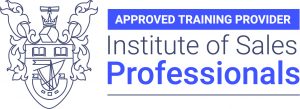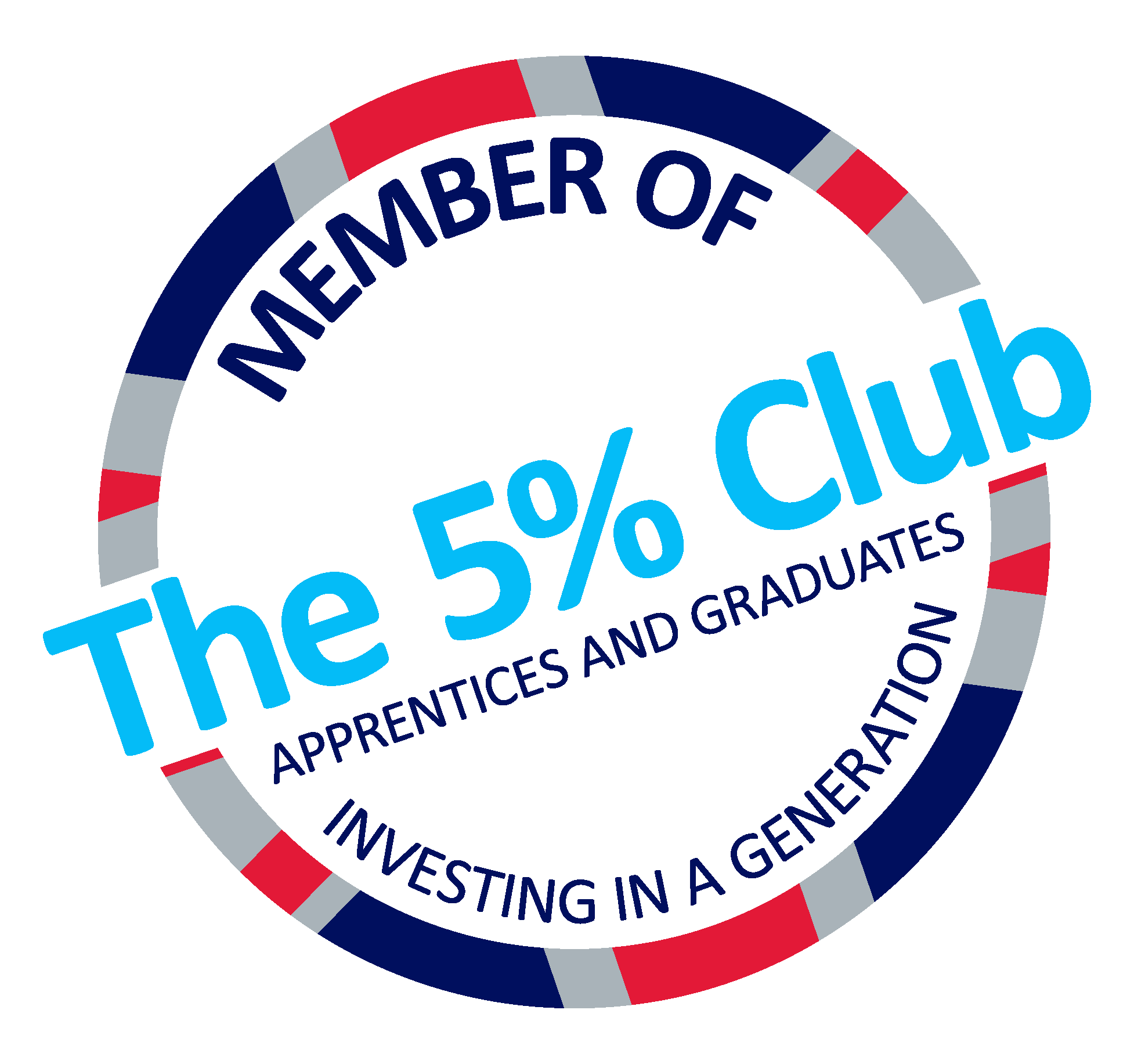Creating the ideal workforce is something that every business strives to do, but it requires a tremendous amount of focus.
Emphasising the key points is vital as it gives employers and employees a clear path of action regarding what issues to address.
Here, we take a look at the three most influential aspects of coaching a workforce:
Communicating
Communication is a fundamental aspect of a business and those who excel in this area are those who are more likely to be successful.
It means employees are able to successfully grasp the ideals of a company, meaning productivity and efficiency is maintained.
In smaller businesses where individuals have greater levels of responsibility, communicating effectively becomes even more important.
Therefore, maintaining the output of the company depends on the abilities of the workforce to respond to any issues and act accordingly – meaning all must be in close contact.
Being creative
Every company needs to think outside the box in a world where every aspect of business is becoming more competitive.
Finding solutions requires a lot of creative thinking, so encouraging workers to use their initiative is imperative to finding solutions quickly.
Many businesses are based on innovative products that explore gaps in the market and without which the companies would inevitably struggle.
Not only does this aspect of the business help to grow their reputation but it can also make or break the company, especially if it is struggling financially.
The concept follows the simple cliché that two brains really are better than one, so all employees should be left on a free rein to be as creative as possible.
Learning something new
Keeping employees interested and focused at work is vital, so introducing new aspects to a working day is a great way to keep them on their toes and thinking constructively.
By never letting workers to get into a set routine, there is a guarantee that the levels of work remain high, as there is no chance of anyone running on auto-pilot.
Promoting new ideas can also lead to greater levels of innovation, while staff are more likely to be interested in opportunities that can enhance further job opportunities in the future.
If learning skills could enable them to move through the company, they are also more likely to want to be involved.













